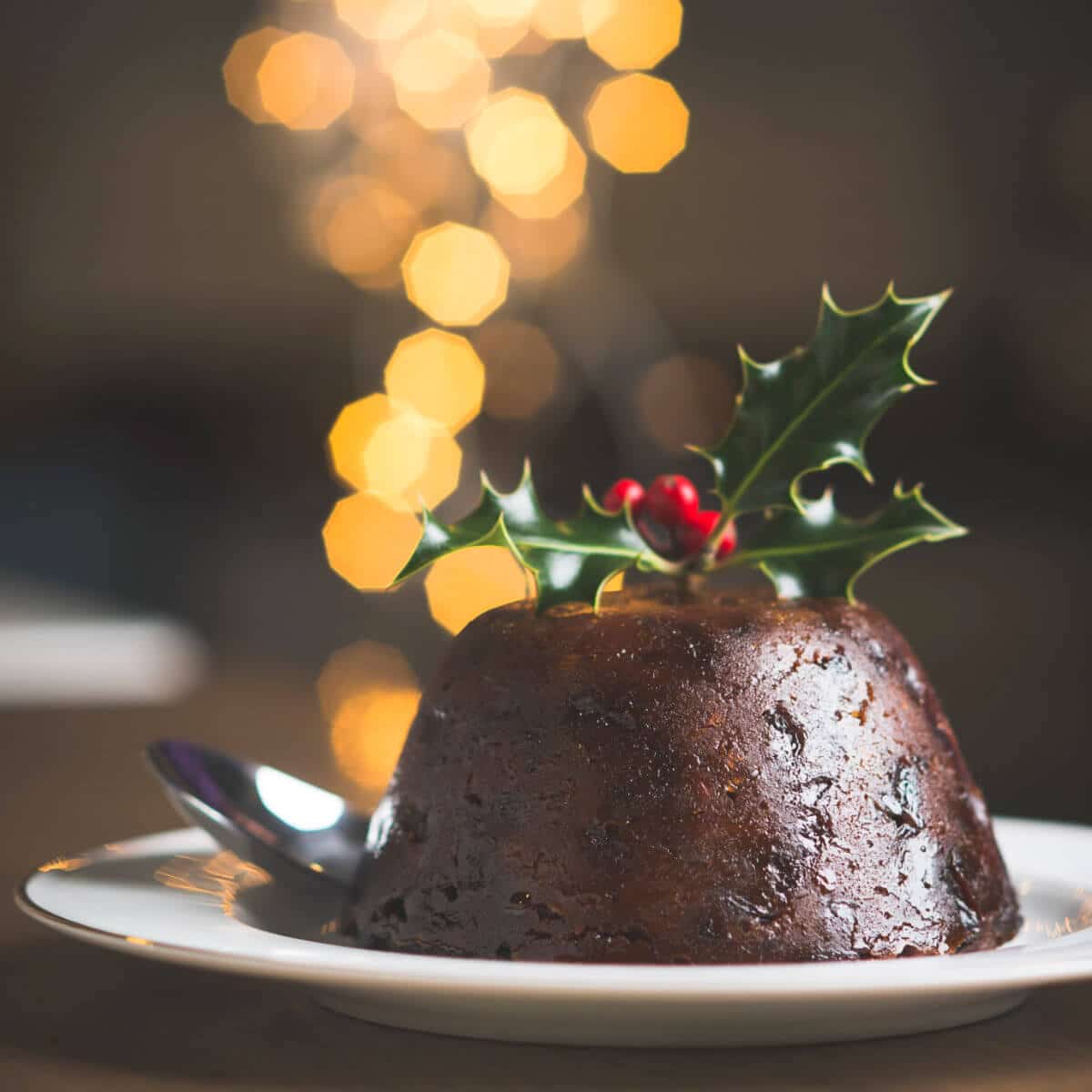Steaming a Christmas Pudding the old (and new) fashioned way

Christmas pudding is one of those traditional dishes that doesn’t really like the microwave, but how do you heat it without over-loading your hob or turning your kitchen into a steam room?
There’s no denying it, things can get hectic in the kitchen on Christmas Day, so here are our top tips for heating your pudding to wow your guests with the minimum of fuss for the chef.
“Do I have to steam my pudding all day?”
At Figgy’s we’ve already steamed your pudding for hours and hours – so you’re simply warming it through on Christmas Day: maximum two hours.
“But why not just microwave it?”
Ideally a Christmas Pudding should be warmed slowly so the suet can melt gradually and infuse through the pudding, giving you the deliciously light and succulent texture of a proper Christmas pudding.
“Steamer, saucepan, bain marie, slow cooker, steaming oven… choices, choices!”
There are lots of different ways to steam a Christmas pudding. All of them will give great results because they each use essentially the same method – slow steaming.
“But I don’t have room on the hob!”
Below you’ll find our tried and tested alternatives to the hob or follow our top tip:
Top Tip: If you’re short of hob space, take the pudding off the hob for a few minutes while you cook your greens, then put it back on the heat to finish off while you serve and eat your main course (just make sure it has the full cooking time in total – don’t include the time it spends off the heat).
Saucepan
Probably the method your Grandmother would have used to heat a Christmas Pudding. Put the basin in an inch of water in a large saucepan with the lid on… simple. However, this method is prone to boiling dry, or conversely bubbling over into the pudding and making it too moist, so we prefer the following options.
Hob-Top Vegetable Steamer
This is our preferred method of heating our own Christmas pudding at home. If you tend to be short of hob-space, see our Top Tip above. Put the pudding in the top tier of the vegetable steamer, as this typically has the most space. Add plenty of water in the bottom and it will be less likely to boil dry. Don’t be tempted to cook your veggies in the same steamer or your pudding may come out tasting of sprouts!
Electric Vegetable Steamer
A lot of people have one of these gathering dust in a cupboard somewhere. Now you’ve found the perfect use for it! If you have a larger pudding, use the top tier as it tends to have more depth. Put plenty of water in the base and heat the pudding for the same length of time as you would in a pan (refer to the heating label/leaflet).
Slow Cooker
Another item that many people have tucked away in a cupboard, and perfect for heating a Christmas pudding. Stand the pudding basin in an inch of boiling water in the slow cooker. Set the slow cooker to its highest setting and pop the lid on. As long as you start with boiling hot water, the pudding will take the same time to warm through as it would in a pan. You can also leave the pudding in the slow cooker for an extended period until you’re ready to eat it (we recommend a maximum of three hours or your pudding will become darker as the sugars caramelise).
Bain Marie
If you have more than one oven, especially if you have a steaming oven or an Aga with a simmering oven, then a bain marie is another great way to heat your Christmas pudding. Put the pudding into a casserole dish in an inch of boiling water. Starting with hot water means the pudding will heat up in the same time as it would on the hob (refer to the label/leaflet for timings). Pop the dish into your simmering oven or steaming oven at 100C. Make sure the oven isn’t any hotter or it may damage/melt the pudding basin.


